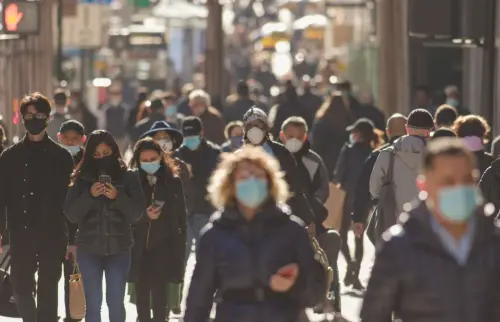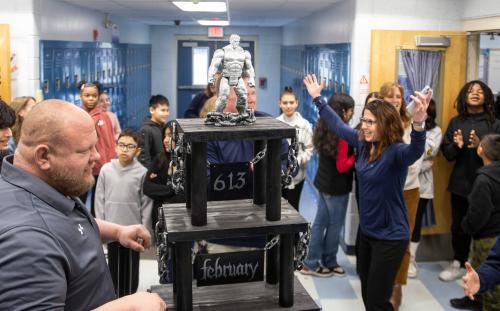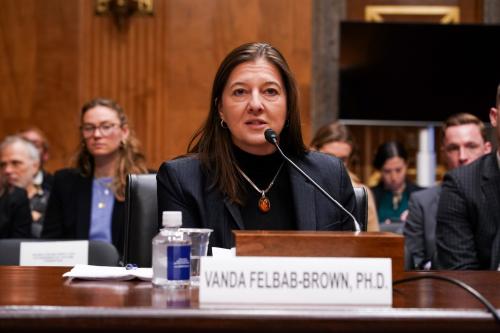When cases of swine flu rose in the United States and around the world in 2009, health officials took action to contain the spread and severity of the disease. Ross Hammond discussed the artificial society models he helped develop that can aid professionals in better understanding how to prepare for and react to epidemics.
Transcript
“This has the potential to be scary. It’s a frightening downside if this gets more serious. At the moment, the indications are that it’s fairly limited to the United States. I think I would encourage everyone to pay close attention, to keep abreast of the latest news, and to follow any instructions they may receive from the public health authorities who really are on top of this. A lot of our research shows that even the best public policies that we have available can be undermined if people are unaware of what they are supposed to be doing or don’t follow the directions they are given. So, I think that’s quite important, but at the moment no one is being asked to do anything in most of the United States except to be vigilant, and I think that makes sense.”
“…This particular epidemic caught everyone in the public health community by surprise, a little bit, because we were prepared for an avian flu – a so called H5M1 flu – and this is actually a fairly different virus, and we are still learning more about it and how it behaves and we have to retool our models for that. But, at CSED what we do is we build artificial society models where we are able to, on computers, reconstruct some of the dynamics of an epidemic and understand a little bit better what kinds of interventions might be effective and how people should best respond.”
“…There have been some careful estimates done for an avian pandemic flu of what the macroeconomic costs could be. If it were a really severe flu, like the one we had in 1918, the Congressional Budget Office estimates that it could affect GDP by as much as four percent. At the moment that doesn’t seem usually likely because as I say it’s been fairly limited in the U.S., but if it were take a turn for the worst that’s certainly a possibility. Those economic costs come partly in the form of decreased demand as everyone stays home, doesn’t go shopping, doesn’t go out to eat, and also partly in the form of productivity losses — people who call in sick or need to stay home to care for a loved one. So that’s a real possibility, but we hope it doesn’t come to that.”
“…A lot has changed since 1918, for better and for worse actually. We certainly have a lot more information at our fingertips, we have done a lot more study and preparation. It’s also the case that the transportation networks are very — it’s a much more connected world than it was in 1918, and that’s actually a disadvantage because it means that something like a flu can spread very rapidly around the world, so we have to be vigilant to prevent against that occurring. I would say that what we have learned from studying 1918 is that timing is really important in all sorts of public health interventions – both when you put something like a quarantine or travel restrictions or school closings in place and when you lift it. And there is some evidence in 1918 that they didn’t apply these measures fast enough or they lifted them too early and this can lead to multiple waves of infection, so we would like to avoid that. I think there is very close attention being paid to deploy these interventions the moment they become necessary.”



Commentary
Containing the Spread of Swine Flu and Other Diseases through Dynamic Modeling
April 28, 2009